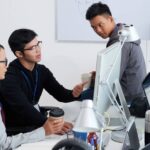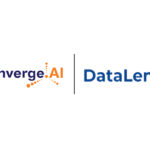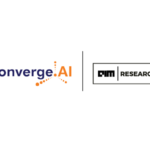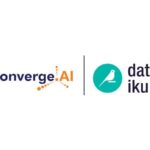
Self-Evolving AI with Databricks: The TAO Advantage
AI models can become outdated faster than you expect. You train them, fine-tune them,
and deploy them but then you realize that users have changed, the data looks different,
or the market has moved on. That’s where Test-Time Adaptive Optimization, or TAO,
comes in. Instead of leaving your model as it is, TAO helps it learn from every real-time
interaction.
Why TAO matters?
With traditional fine-tuning, once you put an AI model into production, you can’t improve it without gathering new labeled data, running long retraining jobs, and redeploying. That can take days or even weeks, and it’s costly.
Whereas TAO,
- Keeps Learning as it works, model tweaks itself on the spot using feedback from real users, sensors, or transaction logs.
- Dependence on expensive annotation projects and heavy compute for batch retraining drops largely.
- As your needs shift, your AI also shifts with it, it takes no pause for retraining, we can say it gives you agile performance
It’s like switching from a paper map to a live GPS. With a paper map, your route is fixed, if there’s a traffic jam, you’re stuck. But a GPS updates in real-time, finding better ways as things change. That’s what TAO does, it helps systems learn and adapt as they go, without stopping.
TAO in Databricks AI Builder: A No-Code, Serverless Solution
Databricks has embedded TAO within its AI Builder service removing the need for custom infrastructure or manual RL pipelines. Here’s how it integrates:

TAO in Databricks AI Builder
- Data Collection & Interaction
Once your AI model or chatbot is live, AI Builder automatically tracks everything
like user messages, logs, and sensor data. - Response Generation
Those inputs become Evaluation Criteria. The platform applies diverse
prompting techniques (chain-of-thought, structured prompts) to generate multiple
candidate outputs. - Response Scoring
An evaluation system looks at each option and scores them based on how good
they are using built-in models, preferences, or your own rules, so you don’t have
to label anything manually. - Reinforcement Learning Training
A serverless Update Agent uses those scores to fine-tune the model right away,
no need to stop and retrain the model offline. - Continuous Improvement
The improved version of your model is instantly ready through APIs. It keeps
learning with new data from time to time, creating a loop of constant
improvement.
TAO helps businesses cut AI maintenance costs by 30–40% and speeds up updates
from weeks to minutes. In finance, healthcare, and customer service, TAO-powered
models adapt in real time whether it’s to identify new fraud patterns, adjusting to
changing symptoms, or improving chatbot replies. This lets companies focus more on
innovation and growth, not constant retraining.
Walkthrough: Predictive Maintenance Use Case
Challenge: A manufacturing plant faces costly unplanned downtime due to machinery failures.
- Deploy a predictive-maintenance model in AI Builder, connecting it to live sensor feeds (vibration, temperature, cycle counts).
- Collect inference data as Evaluation Criteria for each observation window.
- Generate multiple failure-risk predictions per window.
- Score predictions against maintenance logs and actual failure events.
- Adapt model weights on the fly via the Update Agent’s RL updates.
- Repeat continuously, each cycle sharpens accuracy and scales effortlessly as new machines come online.
Result: Less downtime, lower repair costs and the AI keeps improving on its own, saving money and making your system stronger over time.
The Business Advantage: Why Mid-Sized and Scaling Enterprises Should Care
Organizations of all sizes especially mid-sized and fast-scaling enterprises — stand to benefit significantly:
- Real-Time Personalization – Solutions that get smarter with every interaction.
- Reduced Data Dependency – Lower costs for data collection and labeling.
- Faster Delivery Cycles – Quicker deployments and updates without long retraining.
- Cost-Effective Scalability – Adaptive models reduce cloud and infrastructure costs over time.
- Competitive Edge – Continuously learning solutions deliver superior user experiences.
TAO isn’t just another way to fine-tune AI, it’s a whole new approach which is helping businesses build AI that keeps learning and adapting on its own, based on real-world situations and customer needs. And with Databricks TAO, implementation has become easier. Ready to transition from static to self-learning AI? Let’s connect- Click here












